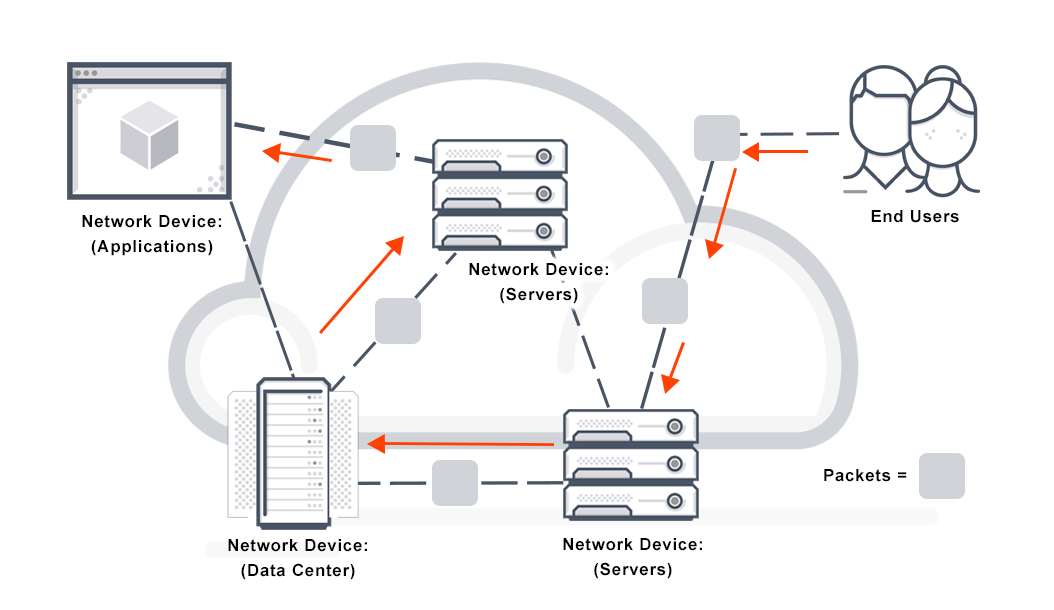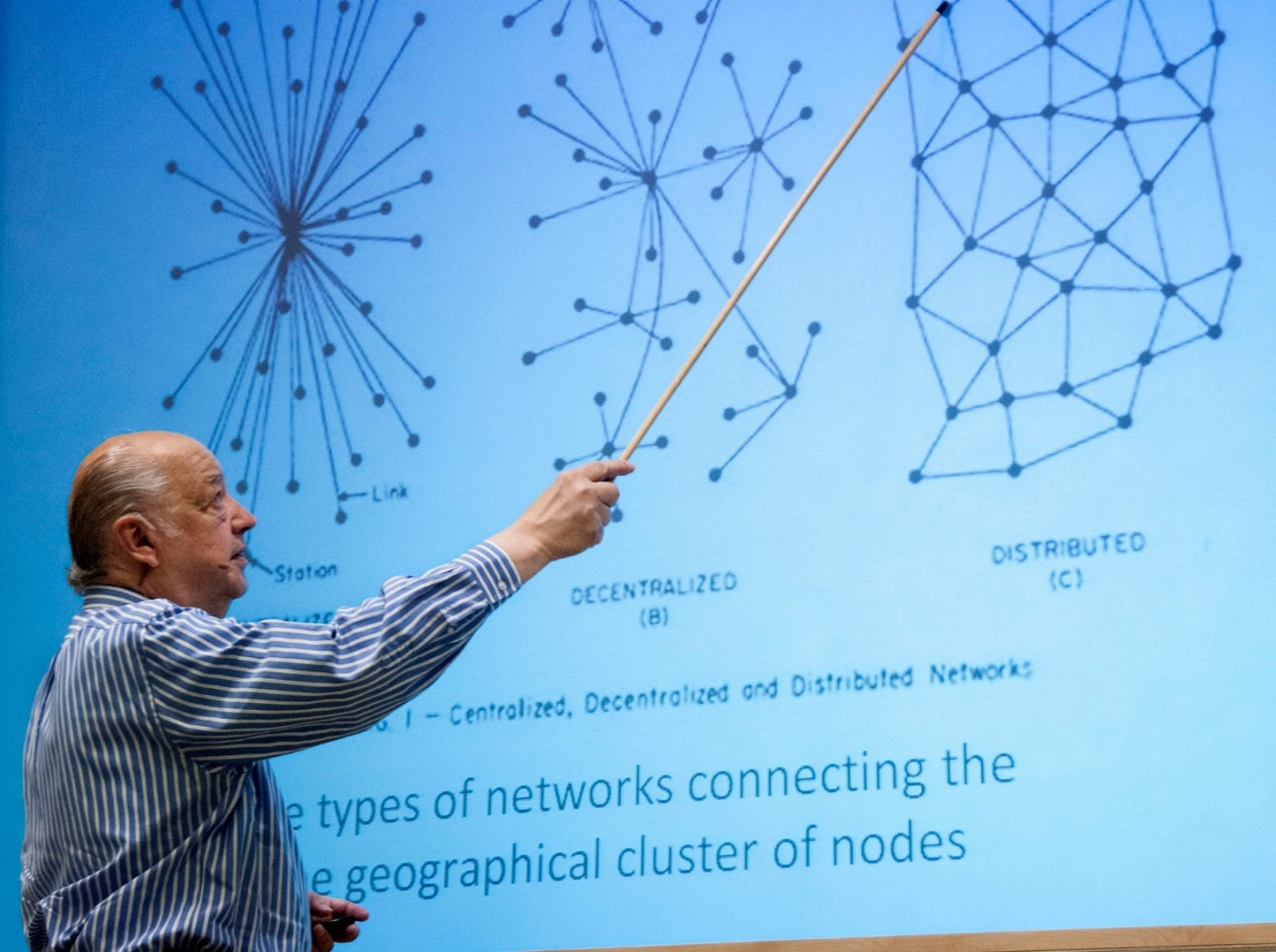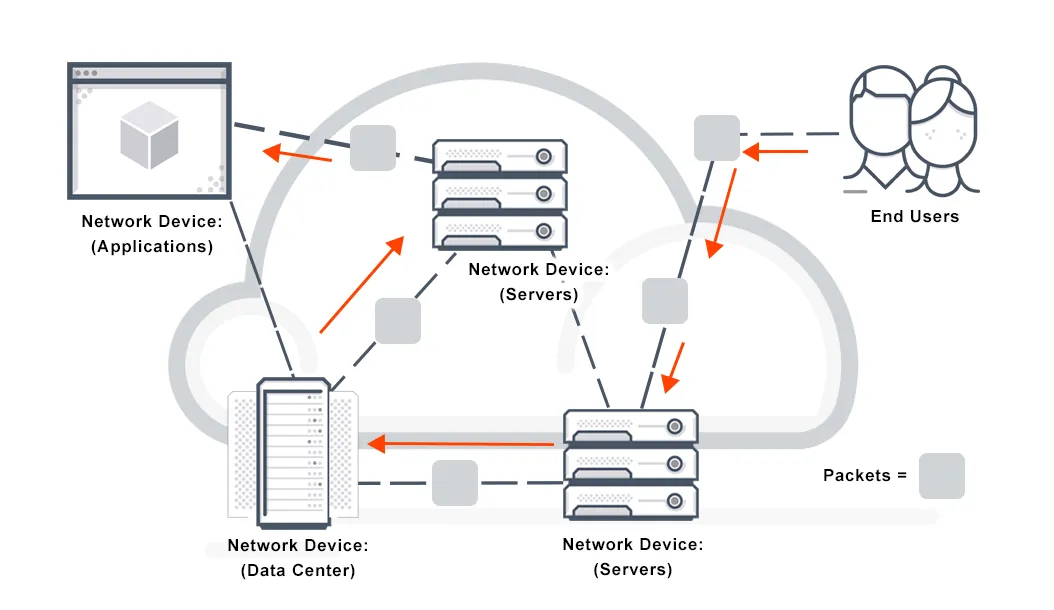In 2019, the Internet turned 50 years old. This article is about their history explained through “Designing an internet” book (David D. Clark, MIT Press) and several online references.
The 1960s. The basics of the Internet. Invention and vision.
The first thing we should dive into is the packet switching method. “Packet switching is a digital network transmission process in which data is broken into suitably-sized pieces or blocks for fast and efficient transfer via different network devices.”

Packet Switching Definition. Scheme by Avinetworks.com
To get more about this concept, watch the following video by Udacity and GeorgiaTech or read this accurate definition from Techopedia.
The internet pioneers
There is always someone behind an invention or vision. In the internet history, we ought to mention three principal inventors, three computer scientist pioneers, Paul Baran, Donald Davies, and Leonard Kleinrock.
Paul Baran

Paul Baran presents his work at a RAND Alumni Association event on July 25, 2009. Photo by Diane Baldwin/RAND Corporation.
Baran took on the task of designing a robust communications network using redundancy and technology to provide launch control over nuclear missiles. As Rand Corporation highlighted in their website, “Baran envisioned a network of unmanned nodes that would act as switches, routing information from one node to another to their final destinations. The nodes would use a scheme he called distributed communications.”
#internet #technology #world-wide-web #tim-berners-lee
